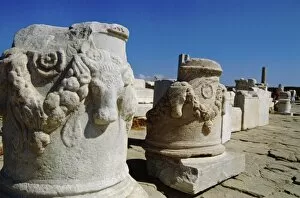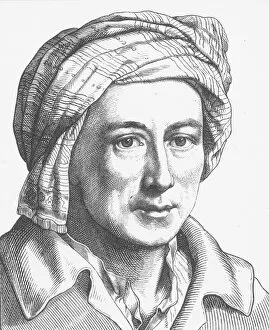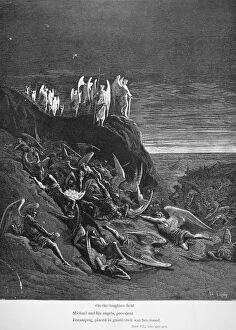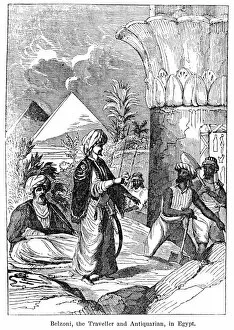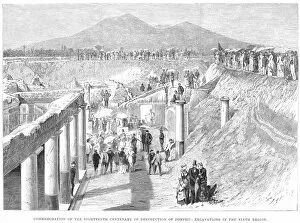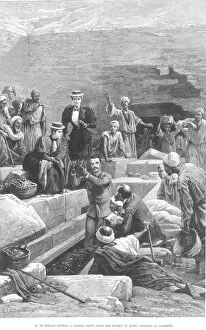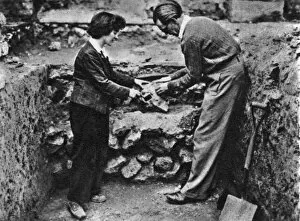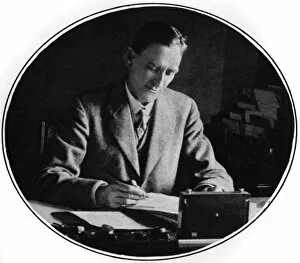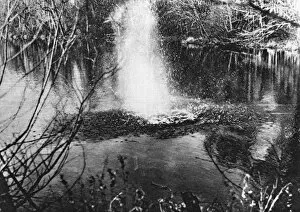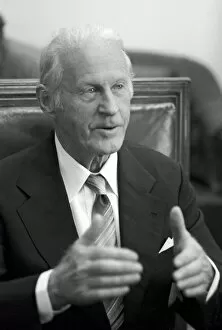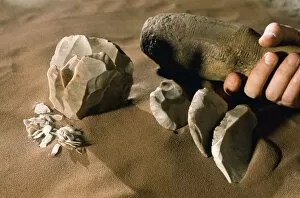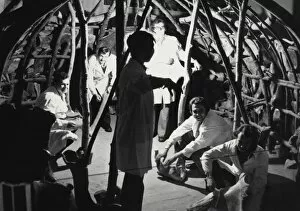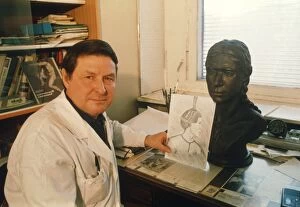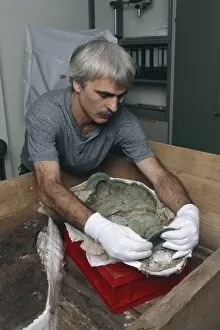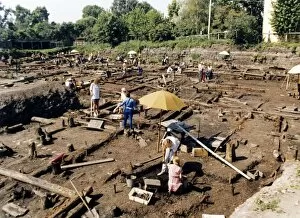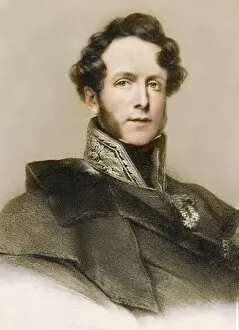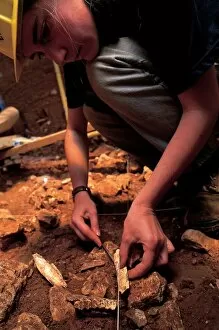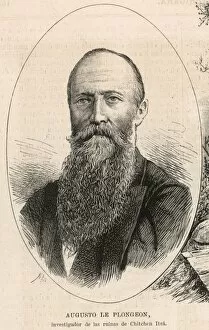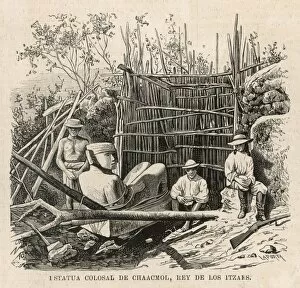Archaeologist Collection (#13)
Archaeologists are the modern-day adventurers, delving into the mysteries of our past
For sale as Licensed Images
Choose your image, Select your licence and Download the media
Archaeologists are the modern-day adventurers, delving into the mysteries of our past. Just like Lawrence of Arabia, they embark on daring expeditions to uncover ancient civilizations and lost treasures. With their keen eyes and meticulous methods, they bring history back to life. One such remarkable archaeologist was Gertrude Bell (1868-1926), a trailblazing woman who explored the Middle East with the same fervor as Lawrence himself. Inspired by her travels, she became an influential figure in shaping British policy in the region. In their quest for knowledge, archaeologists often find themselves surrounded by artifacts that tell captivating stories. From Thomas Jefferson's portrait from 1800 to Sir Mortimer Wheeler's groundbreaking discoveries at various sites, each relic holds a piece of our collective heritage. The likes of Petrie at Daphne or Aubrey's Plan of Avebury showcase how these experts meticulously document and analyze archaeological sites. Their attention to detail allows us to understand ancient structures and societies better than ever before. Examining Roman relics takes us back in time when empires ruled over vast territories. These remnants offer glimpses into everyday life during those times - from pottery shards to intricate mosaics; each artifact is a window into history. Schliemann's excavation at the site of Ancient Troy stands as a testament to an archaeologist's determination and passion for unearthing legendary cities thought only to exist in myths and legends. Even French statesman William Henry Waddington had an affinity for archaeology; his interest demonstrates how this field transcends borders and captivates minds across different disciplines. Perhaps one of the most iconic moments captured is Howard Carter removing treasures from Tutankhamen's tomb under its golden sphere cover. This image symbolizes not only incredible archaeological finds but also showcases how these discoveries can capture public imagination worldwide, and are more than just scientists; they are storytellers who unravel tales buried beneath layers of time.


